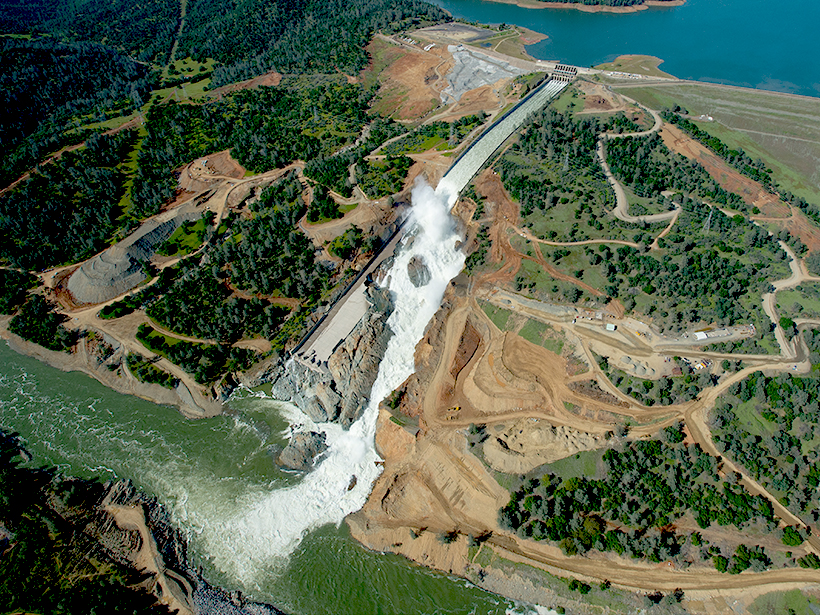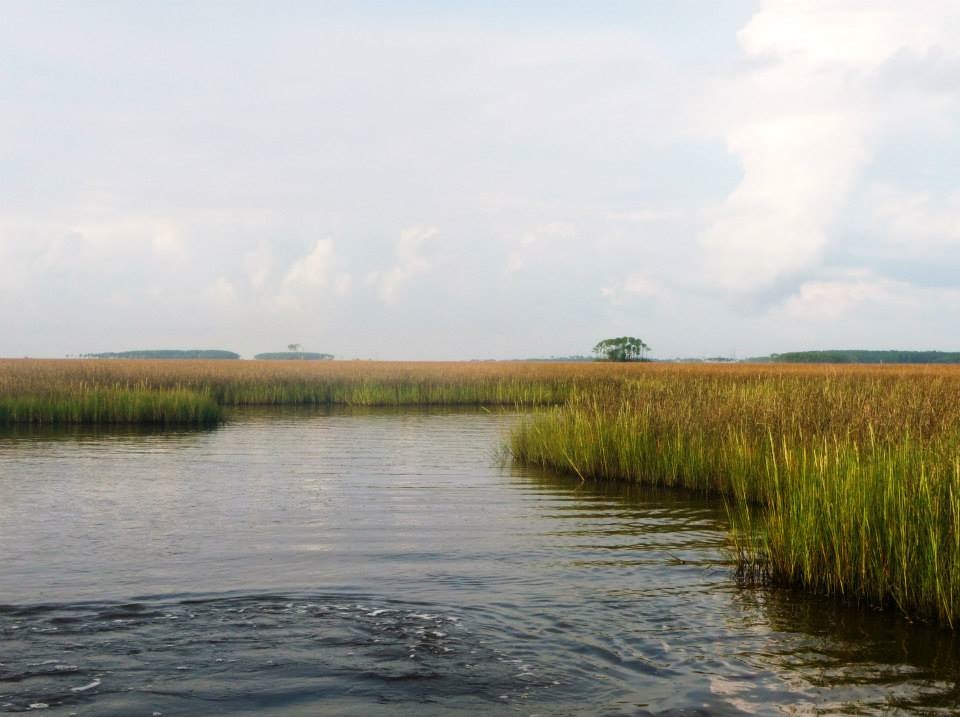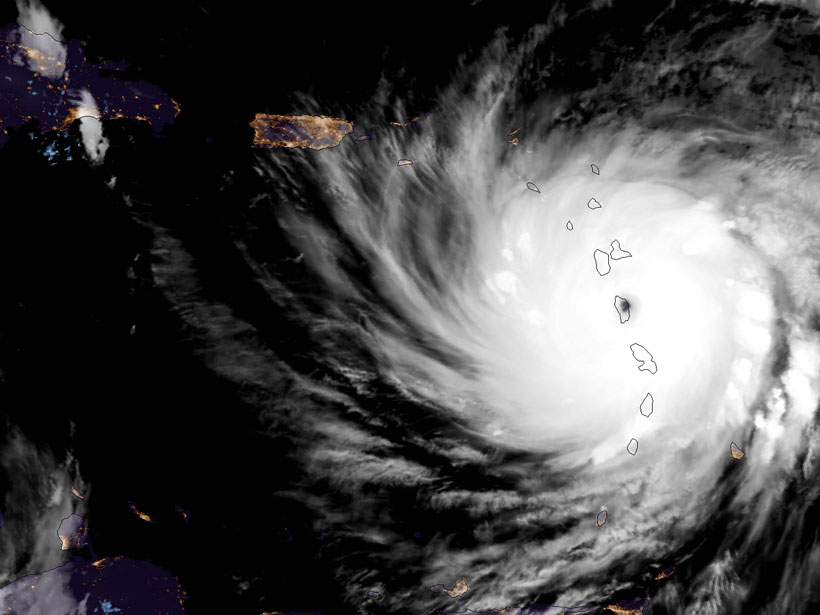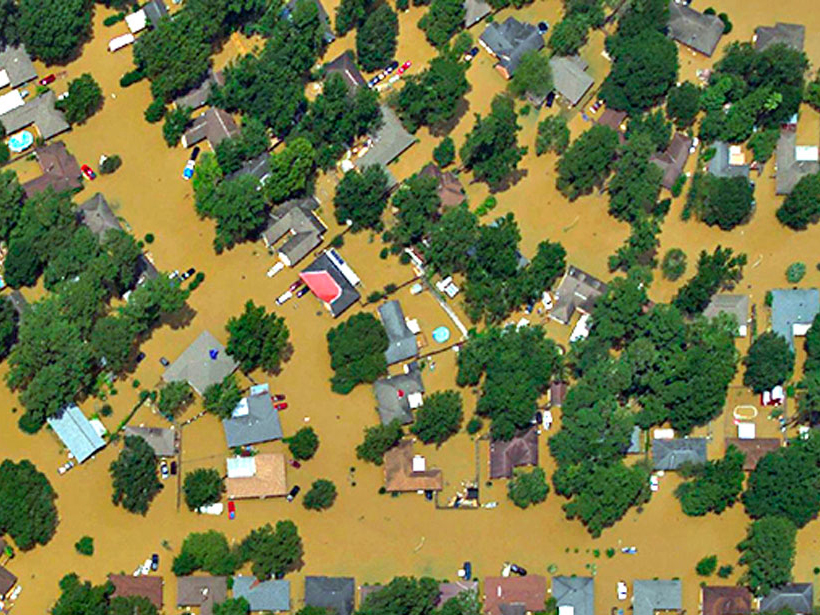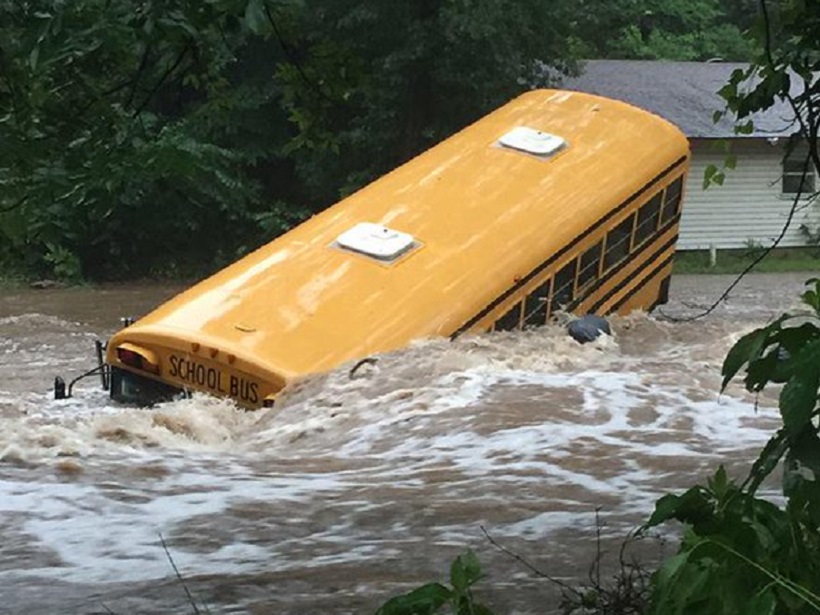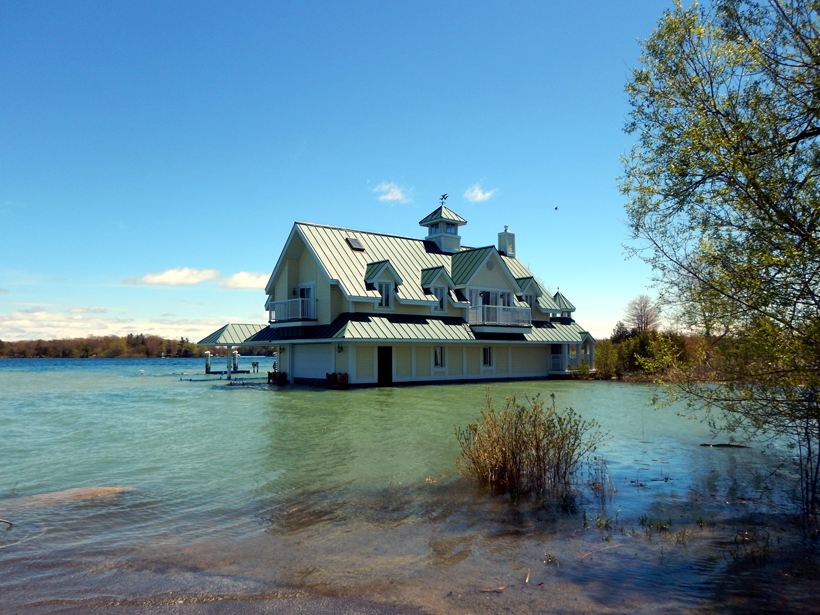Narrow atmospheric streams of water vapor that deliver heavy rains are more commonly associated with floods and debris flows in northern California than with flash floods in southern California.
floods
Water World: Sea Level Rise, Coastal Floods, and Storm Surges
A special issue of Earth’s Future examines the impacts of sea level rise on coastal areas and showcases a paradigm shift in the modeling of these dynamic systems.
Unprecedented Hurricane Season Sees Widespread Damage
This hurricane season has broken multiple records already.
Hurricane Irma Tears Across Caribbean, Heads to South Florida
Florida residents prepare for potentially catastrophic winds and flooding.
A Diary of a Storm
When Hurricane Harvey struck Texas more than a week ago, an Eos staff editor based in Houston hunkered down. Here’s her day-by-day account of the storm and its aftermath.
Deciphering Deluges
New modeling approach reexamines two key assumptions about flooding.
In Pursuit of Flash Flood Data
How remote sensing of streams provides valuable data for the characterization, prediction, and warning of impending flash floods.
What Caused the Ongoing Flooding on Lake Ontario?
The floodwaters have also affected residents downstream along the Saint Lawrence River. Although politicians quickly blamed regulations, scientists say it was a perfect storm of natural factors.
A New Model for River Meanders
A river’s twists and turns are shaped by its past flood events.
The Value of Disaster Damage Data
The editors of a new book describe the benefits of systematic collection, storage, analysis, and sharing of damage data after flood events.

